by Patricia Taylor, PhD
In November of 2022 I attended the IOCDF’s (International Obsessive Compulsive Disorder Foundation) 3-day conference in which Sally Winston PsyD gave a talk on anticipatory anxiety. At the end of the talk, she showed a photograph of a large eagle on the very tip top of
a high branch and asked, “Why is this Eagle not suffering from anxiety”?
That question was thought provoking to me considering what she had just presented and reminded me of the following quote that my sister had sent to me at a particularly difficult time in my life. It stated,
“A bird sitting on a tree is never afraid of the branch breaking, because its trust is not on the branch but on its own wings”.
Sally Winston’s PsyD’s talk, the question she posed at the conference, and the above quote, as well as some study and exploration into ICBT (Inference-Based Therapy), led me back to some of my earlier training in anxiety in my PhD program at Brigham Young University. Here, I had been taught that it was important to differentiate between our anxiety/OCD and our true self, our actual identity, who we really are as opposed to anxieties false self of negative self-appraisals and catastrophic imaginings.
An integral part of anxiety work is learning, maybe just a little at a time, to trust in our real/true selves, our own wings, our ability to go toward discomfort and accept and manage our distress even in the face of fear, or dread, or the fight or flight response, while, at the same time, not engaging in safety behaviors. I started out my life as a moderately anxious child. I struggled for a long time trying to “get rid of” anxious thoughts, feeling and behaviors. Looking back, I wish I had been more compassionate with myself as a child and teenager. I now am aware, in many ways it is normal or typical for children, and adults, with anxiety, to attempt, sometimes for years, to cope with their anxiety through finding ways to avoid, resist, pull back, and distract to not feel the discomfort. Unfortunately, these very efforts to cope in the short term tend to lead to increased anxiety over the long term. Even with years of study in this area I intentionally try to keep a mindset of daily increasing my own willingness, and curiosity to engage in uncomfortable things that my anxious mind tells me to avoid. I find the more I keep this mindset and engage my discomfort, the quieter and less noisy my worried voice in my own head becomes.
Sally Winston’s talk (2022-IOCDF conference) discussed anxiety in terms of Worried voice (the voice of frightful imaginings; voice of “what if?”), False Comfort voice (Usually follows voice of “what if?” and tries to remove the discomfort) and Wise mind Voice (Calm, unimpressed and unaffected; Accepts uncertainty). Our wise mind has an attitude of acceptance and trust in the self. She also discussed the following attitudes or mindset shifts as being helpful with
anxiety:
from resistance to surrender,
from avoid to approach,
from effort to willingness, and
from recoil to curiosity.
Though the following might be included in the above shifts I also like to include
shifting mindsets:
from rejecting to acceptance and
from rigidity to flexibility.
I am fortunate to work with, and have worked with, the bravest kids, teenagers, and adults I know as they experiment with going toward thoughts and fears and experiences that at times might make more intuitive sense to resist or avoid. I love to see them learn to trust their own wings and to step out of their own comfort zones, like being on the tippy top of the highest branch for the Eagle. They can recognize their doubts/worries, presence, be curious about them, manage them, willingly feel discomfort, trust themselves, and move toward a full and value filled life.
“The solution to doubts and worries is not getting reassurance or finding certainty, it is willingness to proceed, with enough trust in yourself, even while having doubts.” Sally Winston, PsyD.
If you or someone you love is struggling with anxiety, please reach out to your health care provider or a professional that specializes in anxiety treatment. I always tell my clients, if one type or approach to therapy doesn’t work for you, there are several solid evidence-based treatments to try and experiment with and we will work to find a treatment approach that can be effective for you personally.
Our office is planning on starting an Instagram account that includes ways of looking at anxiety and OCD that may be interesting and helpful to some. This will be done to disseminate some of the information that has impressed me, and potentially others, over my 30 years of doing therapeutic work. It is meant to be informational and is not meant as a substitute for treatment or therapy.
Books by Sally Winston, PsyD include:
Overcoming Anticipatory Anxiety: A CBT Guide for Moving Past Chronic Indecisiveness, Avoidance, and Catastrophic Thinking. New Harbinger 2022. Sally Winston PsyD & Martin Seif PhD.
Needing to know for sure: A CBT Guide to Overcoming Compulsive Checking and Reassurance Seeking. New Harbinger. 2019. Martin Seif PhD & Sally Winston PsyD.
Overcoming unwanted Intrusive Thoughts: A CBT Guide to Getting Over Frightening, Obsessive and Disturbing Thoughts. New Harbinger. 2017. Sally Winston PsyD & Martin Seif PhD.
What Every Therapist Needs to Know about Anxiety Disorders: key Concepts, Insights, and Interventions. Routledge, 2014. Martin Seif PhD and Sally Winston PsyD.
DISCLAIMER: The blog posts shared on childpsychologistutahcounty.co
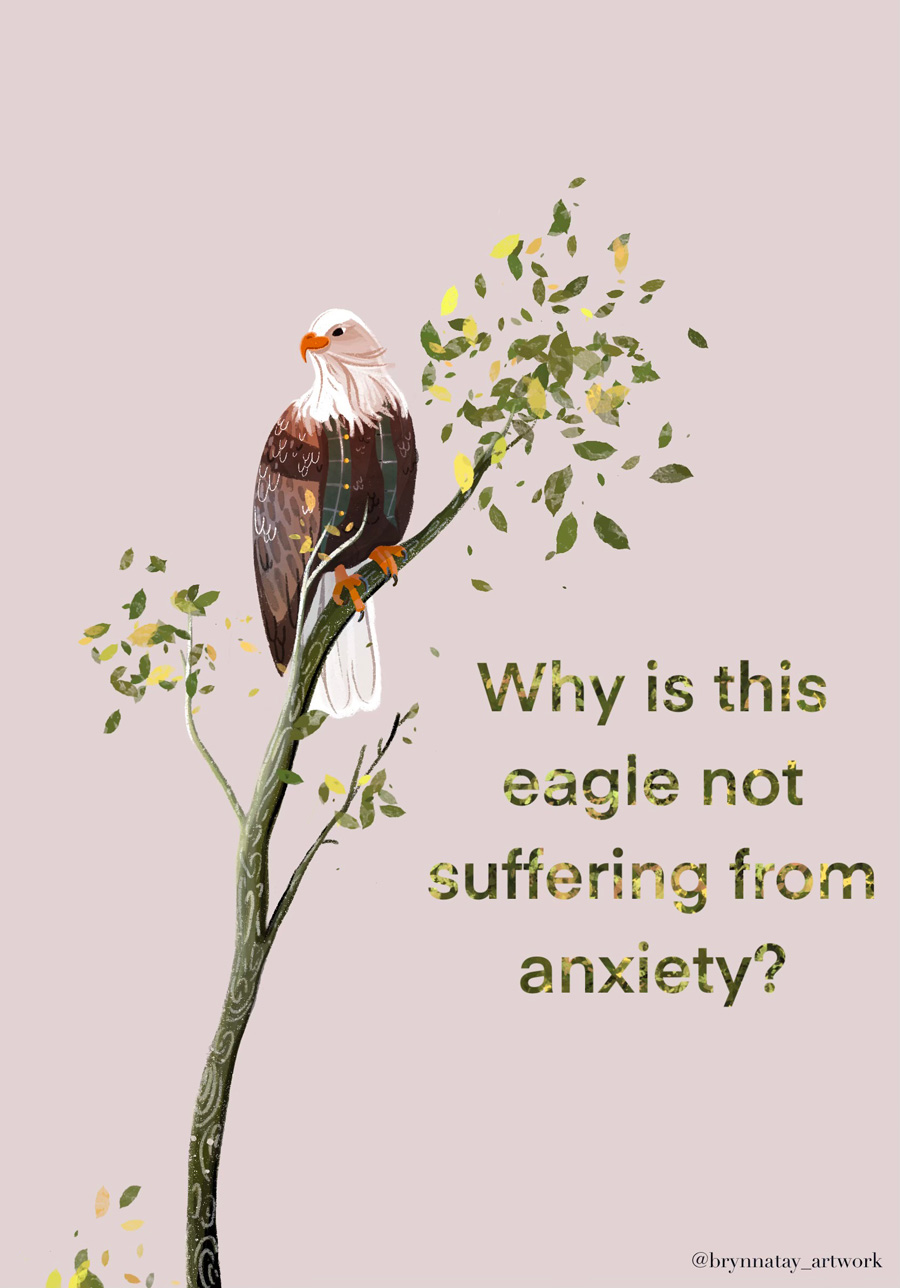


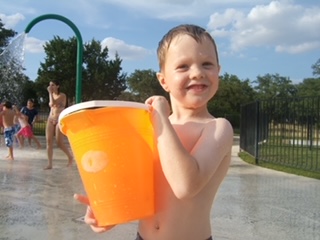



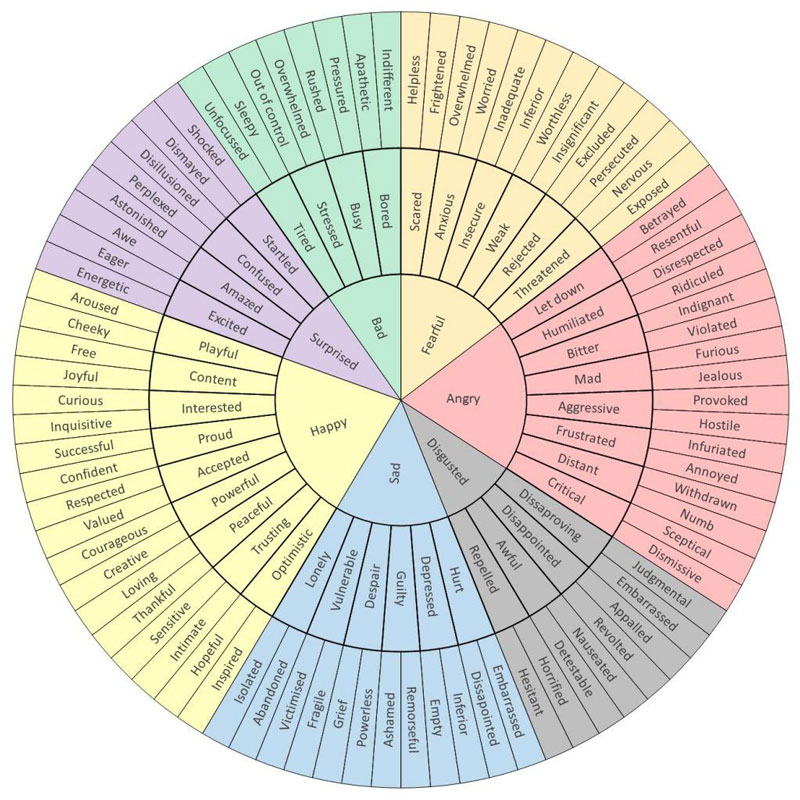
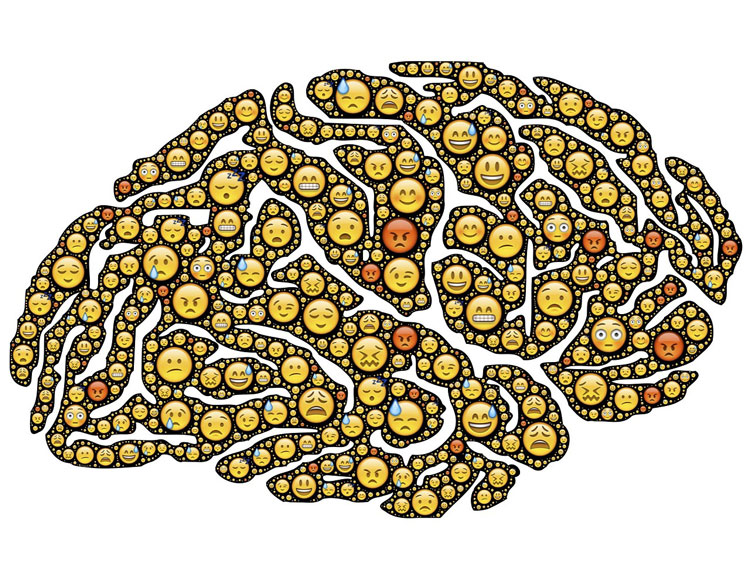
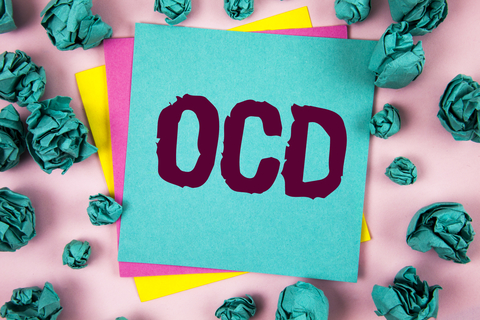 “Discomfort is a wise teacher” —Caroline Myss
“Discomfort is a wise teacher” —Caroline Myss